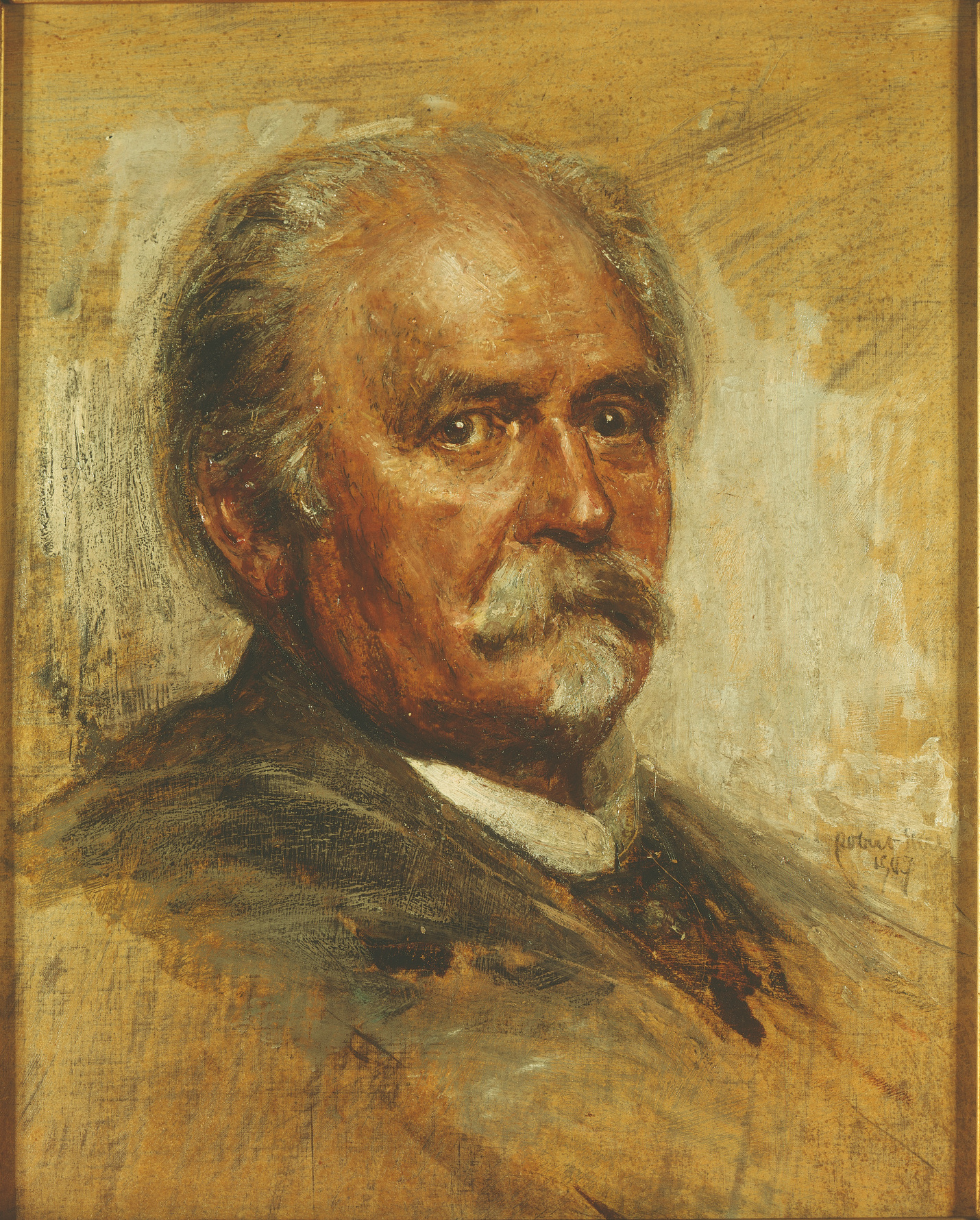Felix Draeseke
(7 October 1835 – 26 February 1913) was a composer of the "New German School" admiring Liszt and Richard Wagner. He wrote compositions in most forms including eight operas and stage works, four symphonies=
==========
and much vocal and chamber music.
During his career Draeseke divided his efforts almost equally among compositional genres and composed in most of them, including symphonies,violin concertos,opera, chamber music, and works for solo piano.
With his early Piano Sonata in C-sharp minor Sonata quasi Fantasia of 1862–1867 he aroused major interest, winning Liszt's unreserved admiration of it as one of the most important piano sonatas after Beethoven. His operas Herrat (1879, originally Dietrich von Bern) and Gudrun (1884, after the medieval epic of the same name) met with some success, but were subsequently neglected.
Draeseke keenly followed new developments in all facets of music. His chamber music compositions make use of newly developed instruments, among them the violotta, an instrument developed by Alfred Stelzner as an intermediary between viola and cello, which Draeseke used in his A major String Quintet, and also the viola alta, an instrument developed during the 1870s by Hermann Ritter
and the prototype of viola expressly endorsed by Richard Wagner for his Bayreuth Orchestra.
A heavily contrapuntal composer, Draeseke reveled in writing choral music, achieving major success with his B minor Requiem of 1877–1880. His most contrapuntal work is called Mysterium "Christus", which is composed of a prologue and three separate oratorios and requires three days for a complete performance, a work which occupied him between the years 1894–1899 but whose conception reaches back to the 1860s.
According to some[who?], Draeseke's Symphonia Tragica (Symphony No. 3 in C major, Op. 40) deserves a place alongside the symphonies of Brahms and Bruckner. Other orchestral works by Draeseke include the Serenade in F major (1888), its companion of the same year, the symphonic prelude after Kleist's Penthesilea. Draeseke also composed chamber music.
< 작품 모음>
'♣ 음악 감상실 ♣ > [1820년 ~1839년]' 카테고리의 다른 글
| [영국]Alice Mary Smith (0) | 2015.02.11 |
|---|---|
| [러시아] 밀리 알렉세예비치 발라키레프 (0) | 2015.02.10 |
| [항가리-오스트리아 제국]Karl Goldmark (0) | 2015.02.09 |
| [프랑스]Édouard Lalo (0) | 2015.02.03 |
| [덴마크] Emil Hartmann (0) | 2015.01.20 |
